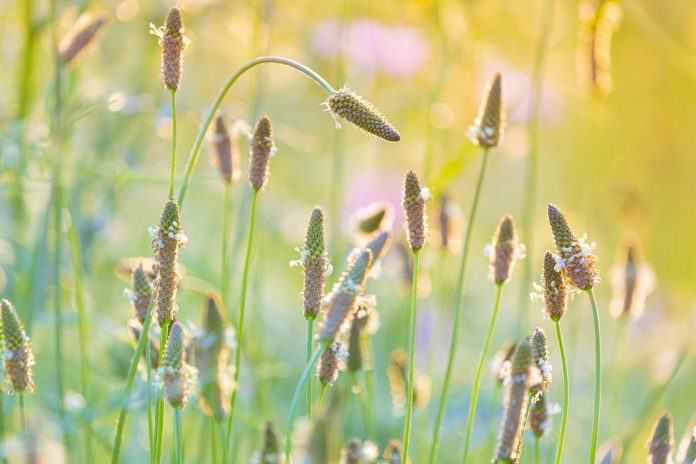An emerging system that integrates high-speed imaging with artificial intelligence holds the potential to assist researchers in creating a comprehensive record of contemporary and past environmental transformations
By rapidly and precisely examining pollen samples from different plant species, researchers are learning more about our past environments.
Pollen samples are distinct and identifiable based on their specific shape. These help scientists gain insights into the types of plants that flourished during many historical periods, potentially dating back thousands or millions of years.
Until now, scientists have manually relied on labour-intensive and specialised methods involving manual pollen type counting in sediment samples or air samples using light microscopes.
Revolutionary technology: AI and the environment
Now, scientists at the University of Exeter and Swansea University are integrating advanced technologies like imaging flow cytometry and artificial intelligence to create a system capable of swiftly identifying and categorising pollen.
Their progress is published today in a research paper in New Phytologist. In addition to enhancing our understanding of historical plant life, the team envisions the potential application of this technology in providing more accurate pollen data for today’s environment. This could have implications for individuals suffering from hay fever, aiding them in better managing their symptoms.
Dr Ann Power, of the University of Exeter said: “Pollen is an important environmental indicator, and piecing together the jigsaw of different pollen types in the atmosphere, both today and in the past, can help us build up a picture of biodiversity and climate change.
“The system we’re developing will cut the time this takes dramatically and improve classifications. This means we can build a richer picture of pollen in the environment far more swiftly.”
A time-saving breakthrough
The research team has already used their system to automatically analyse a 5,500-year-old section of lake sediment core, rapidly categorising over a thousand pollen grains.
In the past, this task would have required a specialist up to eight hours to complete, whereas the new system accomplished it in significantly less than an hour.
The new system uses imaging flow cytometry, a technology typically used to investigate cells in medical research, to capture pollen images quickly.
Ai and the environment: Pollen libraries
A unique type of artificial intelligence was then developed based on deep learning to identify the different types of pollen in an environmental sample. This can make these distinctions even when the sample is imperfect.
Dr Claire Barnes, from Swansea University, said: “Up to now, the AI systems in development to categorise pollen learn from and test on the same pollen libraries – which means each sample is perfect and belongs to species previously seen by the network.
These systems are not able to recognise pollen from the environment that’s taken some knocks along the way, nor to categorise pollen not included in training libraries.
In the coming years, the team hopes to refine and launch the new system and use it to learn more about grass.











